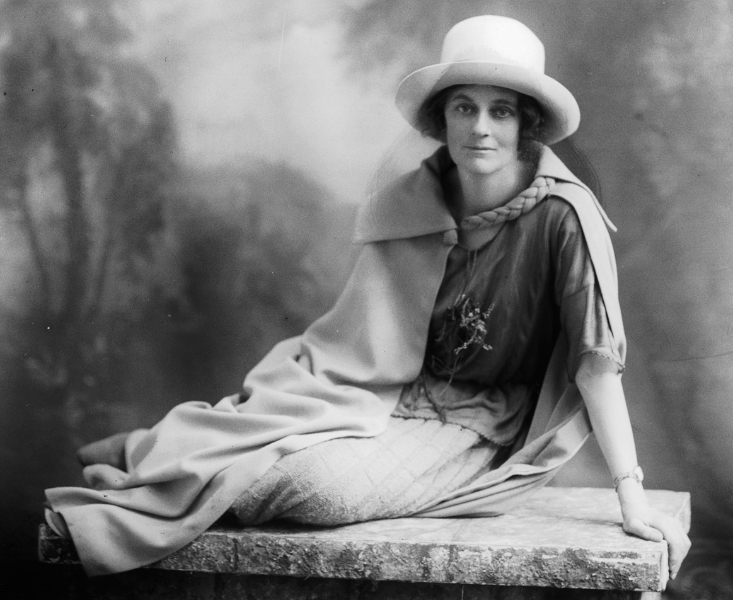COUNTESS de Markievicz, Socialist Republican, Suffragette, fought in the Easter Rising and was the first woman elected to the British Parliament.
Constance was born in London on February 4, 1868, into the wealthy Gore-Booth family from Lissadell in Sligo. Her father, Sir Henry William, was an Arctic explorer and landlord who presided over an estate of 32,000 acres.
Although the family had resided in Ireland for 300 years her mother, Lady Georgina, was from Yorkshire and the Gore-Booth’s would certainly come under the title of ‘Anglo-Irish’.
Constance and her siblings enjoyed a happy childhood, typical of the landed gentry, riding horses and entertaining guests such as WB Yeats who recalled Constance and her sister fondly: “Two girls in silk kimonos, both beautiful, one a gazelle.”
Constance was presented as a debutante on the social scene in Dublin and later in London where for many years she attended balls and parties.
She met Count Casimir de Markievicz, a widowed father of one, who she later married. Their daughter Maeve was born in 1901 but after the couple moved to Dublin two years later, Maeve was sent to live with Lady Georgina.
In 1906 Constance rented a cottage near Stepaside in the Dublin Mountains. The previous tenant had left a large number of radical newspapers behind, which served to radicalize Markievicz. She soon joined Inghinidhe na hÉireann (The Daughters of Ireland) and Arthur Griffith’s Sinn Féin party.
Later, in 1909 she founded Na Fianna Éireann. The boys tended to call her Madame de Markievicz and her cottage and home in Rathmines were open houses for the lads. Her fellow activist, Helena Molony, brought her into the Liberty Hall circle. James Connolly became great friends with Constance and during the 1913-14 Lockout she was known to have borrowed personal loans to help finance the food kitchens.
When the Irish Citizen Army ranks were opened to women, Constance was quick to join and held the rank of Lieutenant during the fighting in Stephens Green. It is often repeated that she shot Constable Lahiff in the Green but in fact she was with her comrade, Dr Kathleen Lynn, in City Hall when the DMP man was shot.
She was sentenced to death for her part in the Easter Rising but her sentence was commuted due to her gender and she was sent to prison in England. Released in 1917 she was elected in the famous December 1918 General Election, which saw Sinn Féin sweep to victory. Like all her comrades she abstained from Wesminster and instead took her seat in Dáil Éireann where she became Minister for Labour.
Constance was active with the IRA during the Tan War and took the Anti-Treaty side during the Civil War. A founding member of Fianna Fáil in 1926 she fell very ill the following year and died on July 15, 1927 in a public ward in Patrick Duns Hospital.
Lorcan Collins runs the Michael Collins Walking Tour (www.michaelcollinstour.com) and the 1916 Walking Tour (www.1916rising.com). His books include ‘1916: The Rising Handbook’ (2016) and ‘James Connolly: 16 Lives’ (2012).
